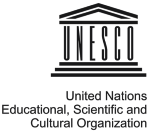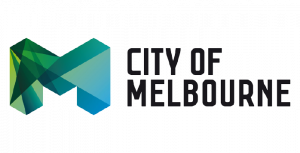Morteza Mirgholami
Associate Professor of Urban Design, Faculty of Architecture and
Urbanism, Tabriz Islamic Art University, Tabriz, Iran
Abstract
Several decades of modernization and introduction of urban renewal projects in historical cities of Iran, have often jeopardized the vitality of urban centers and resulted in deterioration and neglecting of many heritage sites, urban fabrics and monuments. This process highlights the need for a holistic urban regeneration approach which is not only limited to restoration and preservation of historical buildings and sites, but take other social, environmental and economic aspects into consideration and a participatory process into account. Using urban catalyst projects has been one method to revitalize urban fabric and improve the quality of urban environment and life of individuals. The urban catalyst theory propose that design can be linked to place through the study of contextual factors in urban design such as morphological, social, functional, perceptual, visual, and temporal as well as a strong sense of place and authenticity. Using this view, the paper examines some urban projects especially around the historical complex of Tabriz Bazaar such as Sahib-Abad and Mansour Square that accomplished during the post-war development in Iranian cities and has been labeled urban catalyst projects in the rhetoric of urban planning consultants and authorities. The findings propose that these projects pursue more a property-led regeneration approach with the objective of fast return of investment, and are characterized by low level of local people participation and autocratic and large-scale development with more commercial use. Two decades after their planning and construction, their success in terms of creating pedestrian life, urban attraction and local economic boost is undetermined. A more participatory approach and consideration of scale, pedestrian movement, urban coherence and multi-use function, reusing and rehabilitation of
historical buildings instead of redevelopment and reconstruction of new structures could guarantee these projects and their success.
Key words: Urban regeneration, historical fabric, Tabriz, Bazar, Catalyst, participation.






